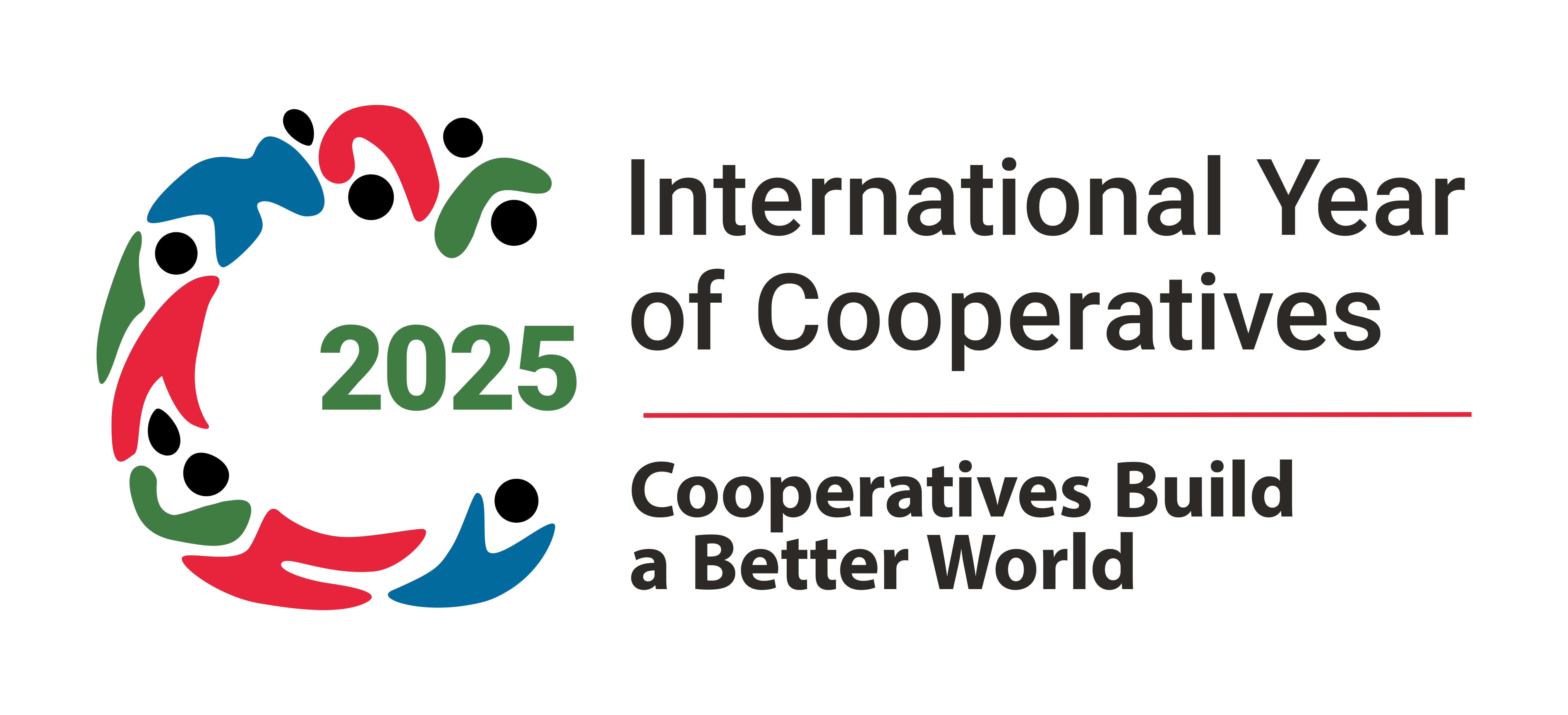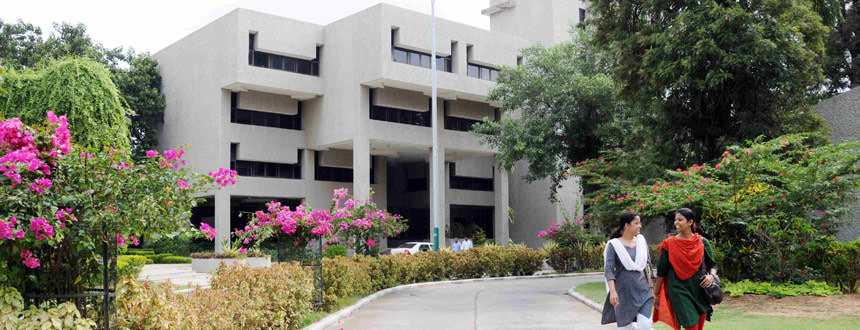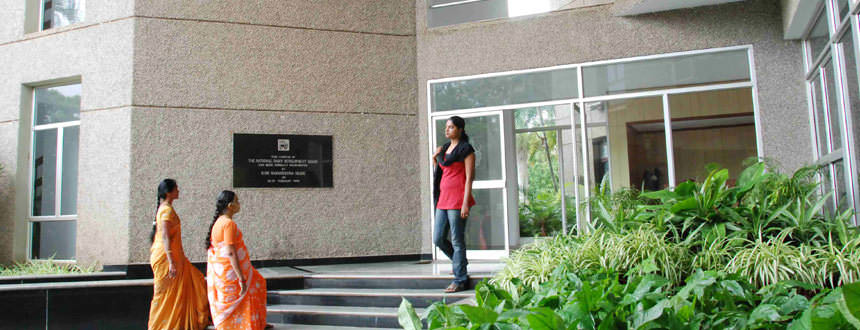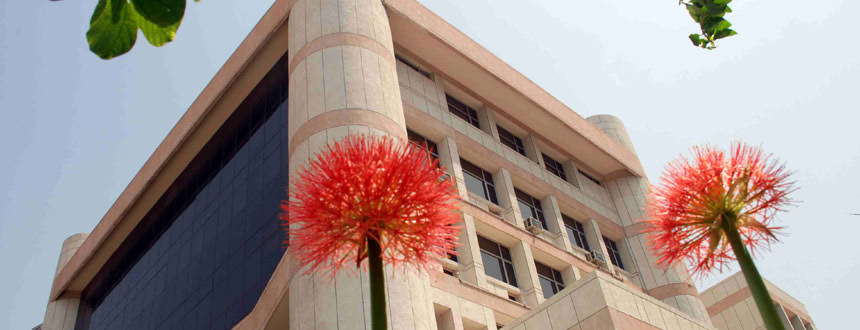The Anand Pattern
The Anand Pattern is an integrated cooperative structure that procures, processes and markets produce. Supported by professional management, producers decide their own business policies, adopt modern production and marketing techniques and receive services that they can individually neither afford nor manage.
The Anand Pattern succeeds because it involves people in their own development through cooperatives where professionals are accountable to leaders elected by producers. The institutional infrastructure -- village cooperative, dairy and cattle feed plants, state and national marketing -- is owned and controlled by farmers. Anand Pattern cooperatives have progressively, linked producers directly with consumers.
Three tier structure
Village Society
An Anand Pattern village dairy cooperative society (DCS) is formed by milk producers. Any producer can become a DCS member by buying a share and committing to sell milk only to the society. Each DCS has a milk collection centre where members take milk every day. Each member's milk is tested for quality with payments based on the percentage of fat and SNF. At the end of each year, a portion of the DCS profits is used to pay each member a patronage bonus based on the quantity of milk poured.
The District Union
A District Cooperative Milk Producers' Union is owned by dairy cooperative societies. The Union buys all the societies' milk, then processes and markets fluid milk and products. Most Unions also provide a range of inputs and services to DCSs and their members: feed, veterinary care, artificial insemination to sustain the growth of milk production and the cooperatives' business. Union staff train and provide consulting services to support DCS leaders and staff.
The State Federation
The cooperative milk producers' unions in a state form, a State Federation, which is responsible for marketing the fluid milk and products of member unions. Some federations also manufacture feed and support other union activities.






